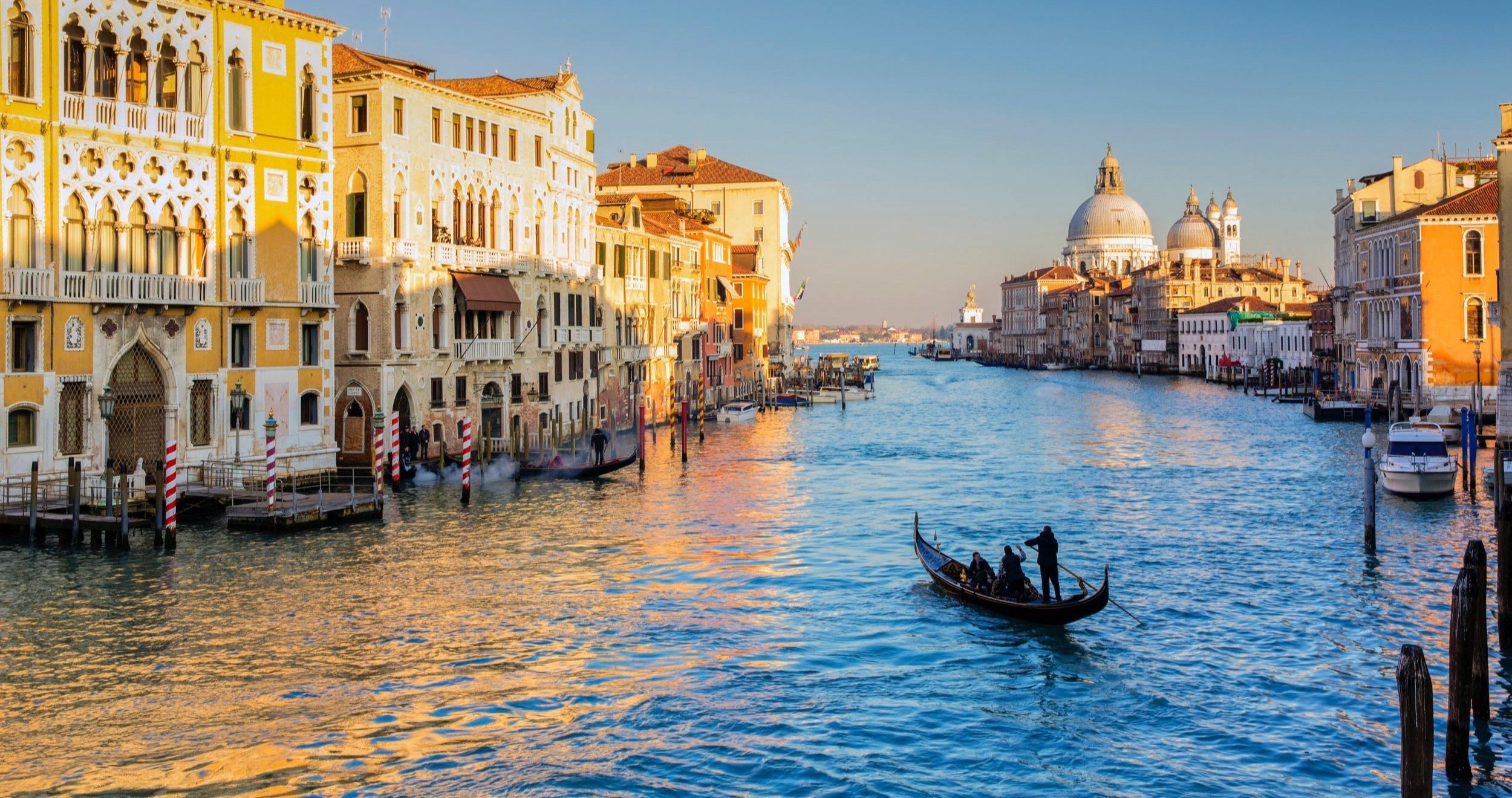
Italy
Academy Travel began by offering small-group cultural tours to Italy, and these remain a cornerstone of our operations.
Upcoming Tours
Italy, a country of unparalleled cultural heritage, has given rise to history’s greatest thinkers, artists and innovators.
Our program of small-group tours offers an immersive journey into Italy’s rich legacy, featuring exclusive experiences, private viewings, behind-the-scenes visits and access to special events.
-

Abruzzo, Puglia & Matera
Mysteries of the Mezzogiorno
| 16 Days |
Discover the spectacular mountains of the less-visited Abruzzo region and uncover the many layers of picturesque Puglia.
-

Campania To Calabria
Natural Beauty & History in Southern Italy
| 17 Days |
Discover the coastal beauty, rugged hinterland, archaeological gems and rich culture of Southern Italy.
-

Cities of the River Po
Turin to Ferrara
| 18 Days |
Discover how the river and its tributaries have shaped the history, culture and gastronomy of the region.
-

Florence & Tuscany
A Cultural Journey
| 16 Days |
Admire the great cities of Tuscany and take the time to fully understand the cultural developments that flowered in them.
-
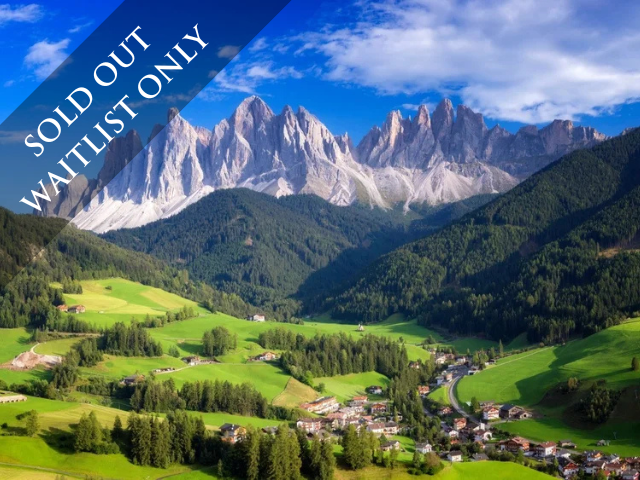
Friuli & The Dolomites
North East Italy
| 15 Days |
Explore Italy’s northeast, from Roman ports and Lombard treasures, to alpine castles and the beauty of the Dolomites.
-
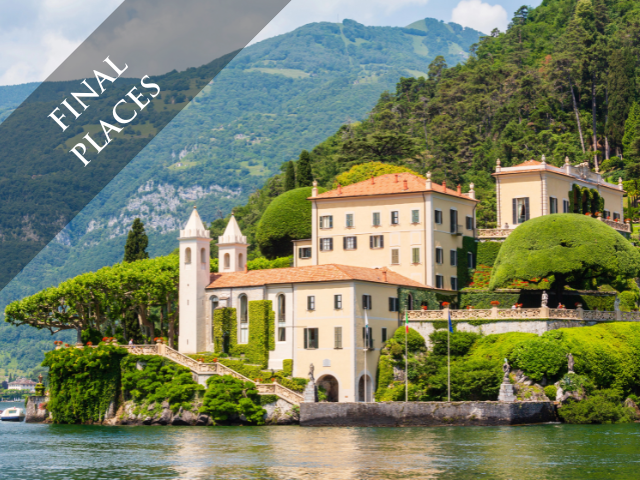
Gardens & Villas of the Italian Lakes
Maggiore, Garda, Como & Orta
| 15 Days |
Explore Northern Italy’s Renaissance villas, extraordinary baroque gardens and stunning alpine scenery.
-

Hidden Gems of Italy
Exploring the Central North
| 19 Days |
Tour the lesser-known cultural centres of northern Italy, home to some of Europe’s most extraordinary art and architecture.
-

Istanbul to Venice
The Gates of East & West
| 16 Days |
Explore the two great medieval cities of Istanbul and Venice, indissolubly linked through their shared history and culture.
-

Italian Hill Towns
From Alpine Valleys to the Tuscan Landscapes of the Via Francigena
| 16 Days |
Explore Italy's fortified hilltop towns, each preserving some of the most intact medieval urban landscapes in Europe.
-
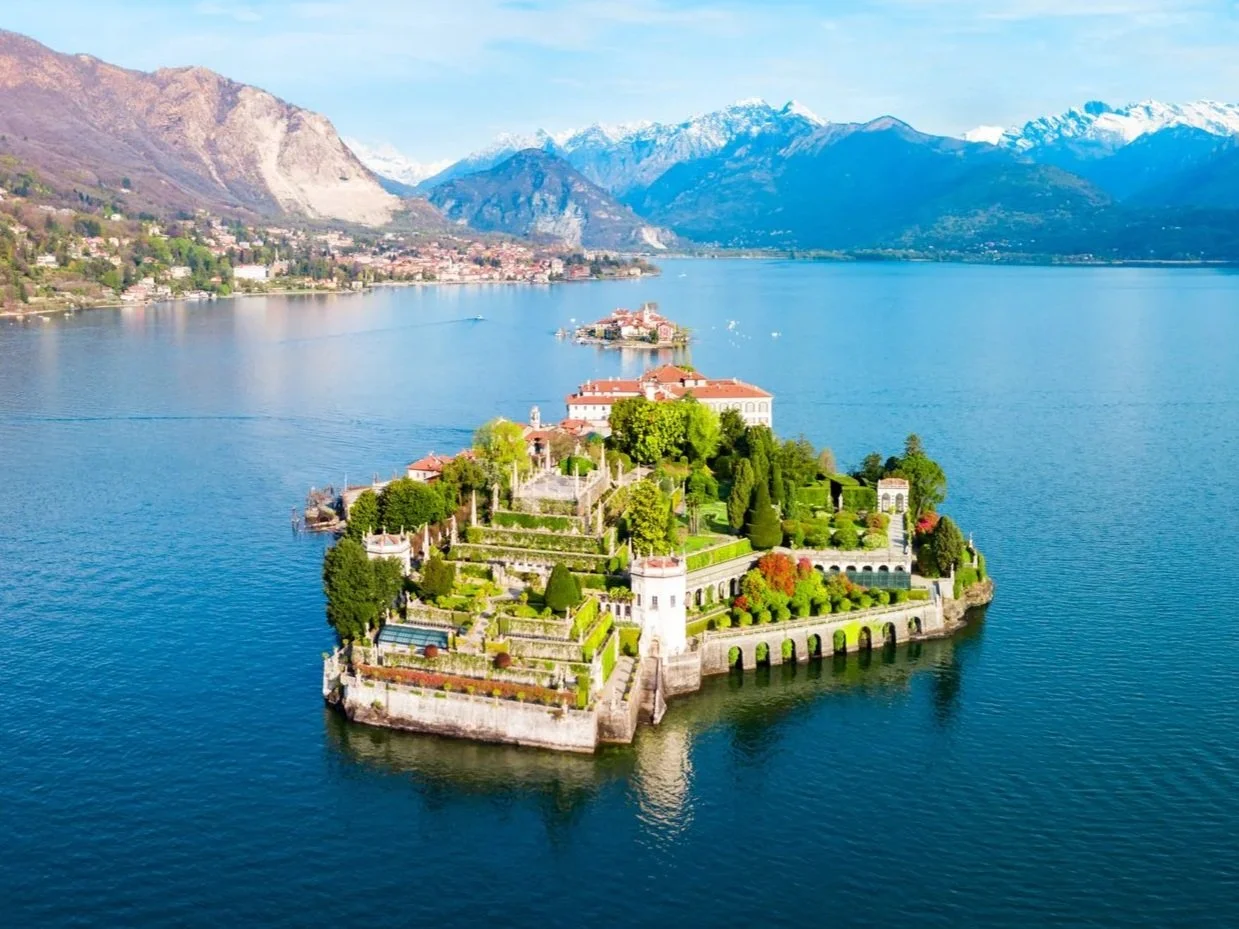
Lakes & Villas of Northern Italy
Maggiore, Garda, Como & Orta
| 15 Days |
Explore Italy’s great lakes and Palladio’s timeless villas on a journey from the shores of Lake Como to Lake Maggiore.
-

Living Umbria
At Home in the Heart of Italy
| 14 Days |
Discover the allure of Italy’s legendary ‘La Dolce Vita’ and immerse yourself in the local Umbrian way of life.
-

Malta, Sardinia & Corsica
Islands of the Mediterranean
| 19 Days |
Discover the diverse histories of each island, from their ancient sites through to their rich contemporary cultures.
Apr 28 - May 16, 2026 | Waitlist >
September 2-20, 2026 | Waitlist >
-

Pompeii, Capri & the Bay of Naples
Ancient Sites, Chic Islands & Picturesque Towns
| 14 Days |
Experience the dramatic coastlines, vibrant culture and world-renowned ancient ruins of this extraordinary region.
-

Puglia to Pompeii
Classical Southern Italy
| 16 Days |
Take the road less travelled through southern Italy – brimming with ancient and medieval sites and outstanding scenery.
-

Rome
The Eternal City
| 15 Days |
Take an in-depth look at Rome’s history, art and architecture, stretching from the Etruscan civilisation to the 21st century.
-

Sicily & the Aeolian Islands
Jewels of the Mediterranean
| 17 Days |
From Greek temples to medieval mosaics, discover more than 3,000 years of Mediterranean civilisation.
Mar 27 - April 12, 2026 | Waitlist >
-
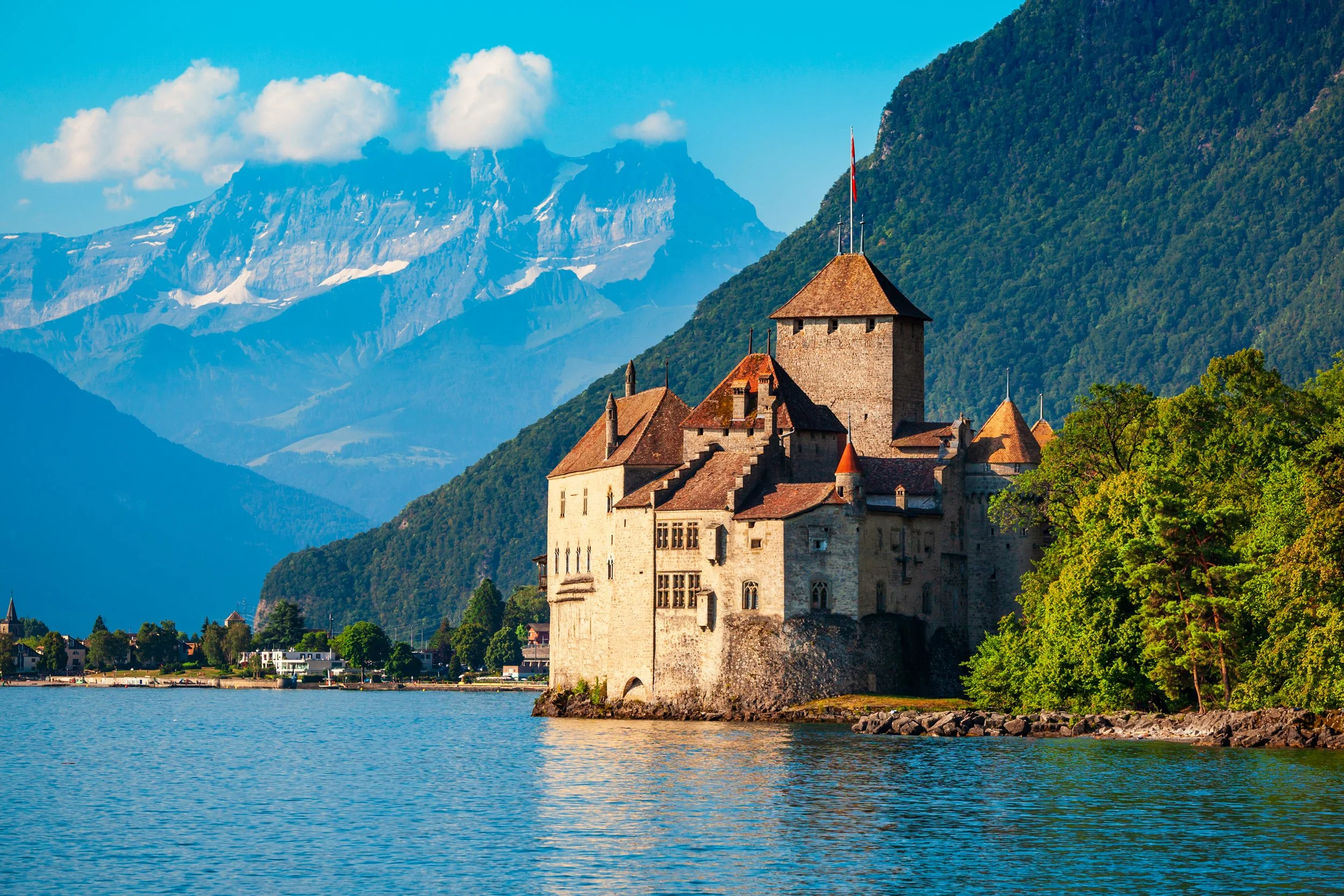
Switzerland to Rome
Tracing the Via Francigena
| 18 Days |
Travel in the footsteps of medieval pilgrims and merchants from the shores of Lake Geneva to the gates of Rome.
-
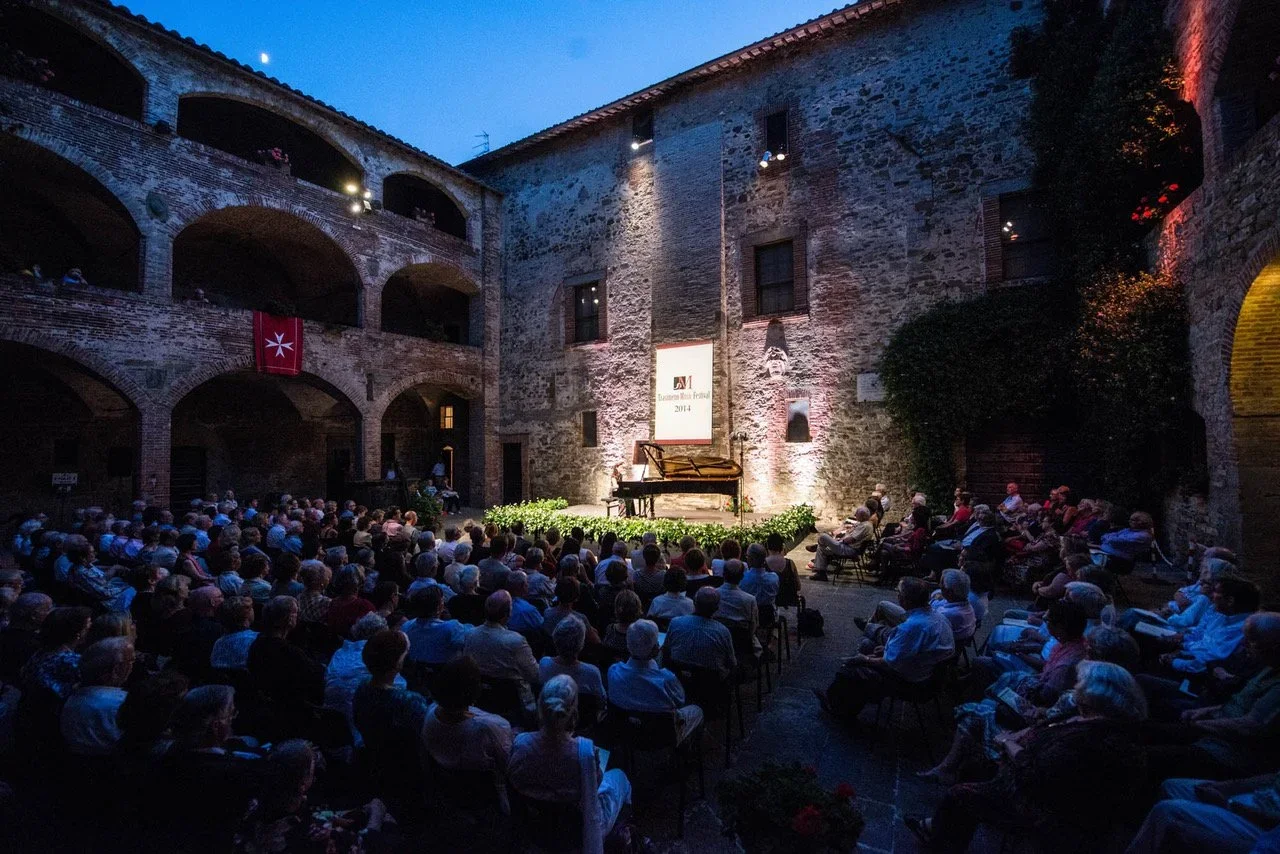
Trasimeno Music Festival
& The Spoleto Two Worlds Festival
| 16 Days |
Enjoy the 21st edition of the classical Trasimeno Music Festival in the heart of Italy, created by pianist Angela Hewitt.
-
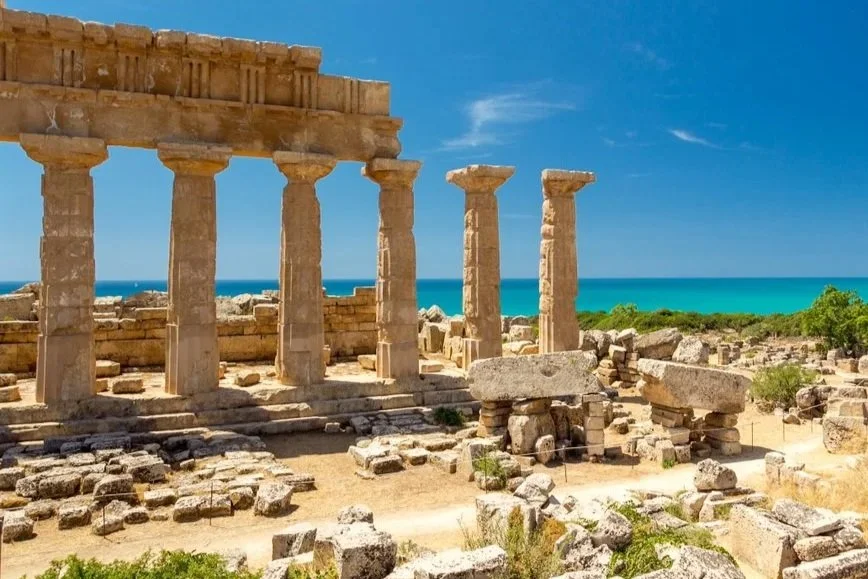
Tunisia & Sicily
From Carthage to the Normans
| 16 Days |
Trace the legacies of Phoenicians, Romans, Arabs and Normans across two captivating Mediterranean shores.
-

Umbria & Southern Tuscany
Gems of Central Italy
| 14 Days |
Take the road less travelled to some of Italy’s most beautiful and historic medieval towns, and enjoy a wealth of sites and traditions.
-

Venice
City, Republic & Empire
| 15 Days |
Unpack your bags and explore the history, art and architecture of the city that once ruled the Mediterranean for more than 1000 years.
March 11-25, 2026 | Final Places >
-

Venice to Milan
Trade, Design & Innovation in Northern Italy
| 17 Days |
Journey through Northern Italian cities that dominated the sea and maritime trade, design and manufacture from pre-Renaissance to the present day.
-
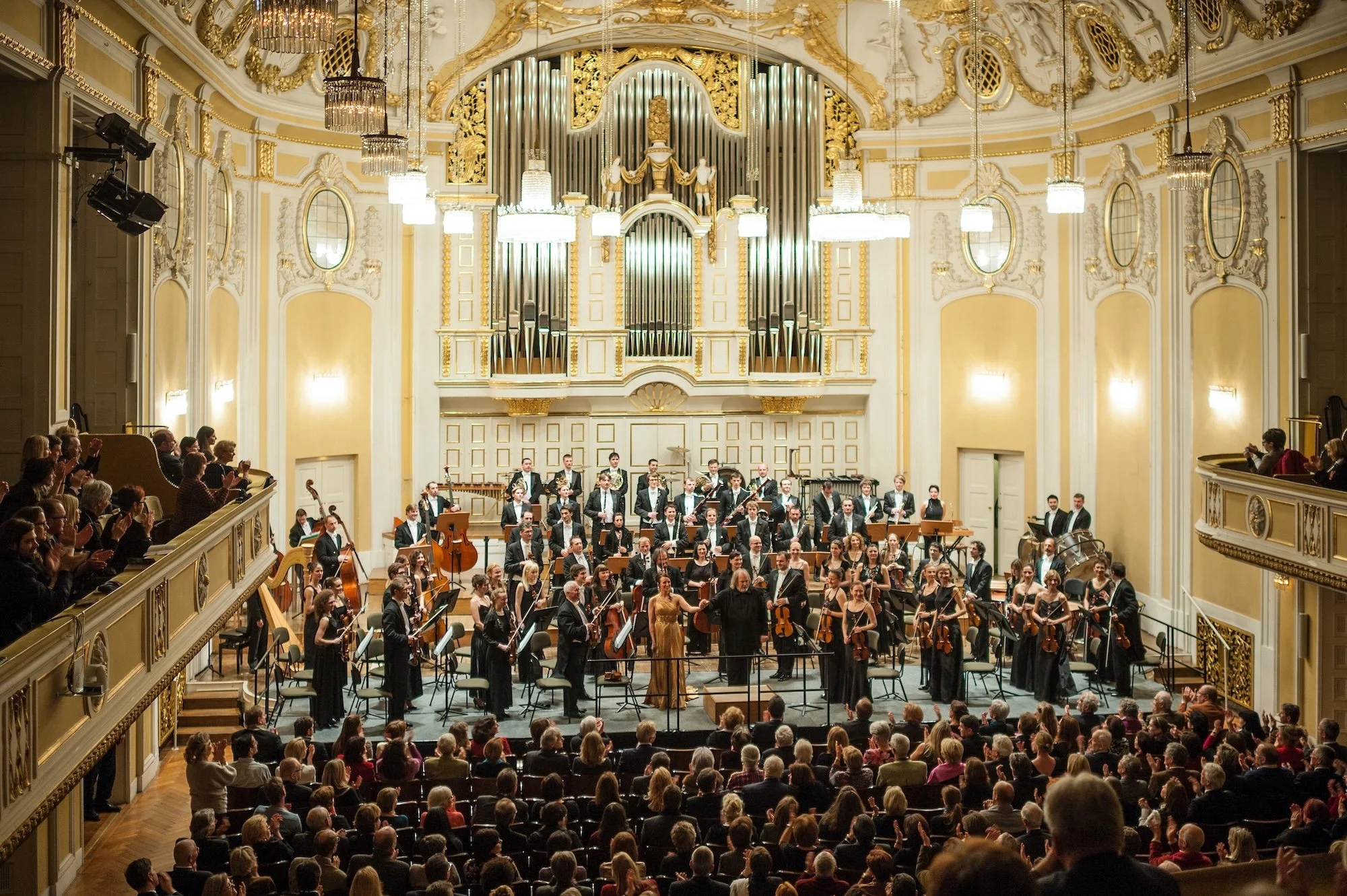
Winter Festivals
Music in Malta, Salzburg & Vienna
| 15 Days |
Experience Europe’s baroque and classical traditions on a winter musical journey linking Valletta, Salzburg and Vienna.
MEET OUR TOUR LEADERS
Passionate, prepared and professional, our tour leaders are the key element in bringing a wealth of knowledge to your travels.
